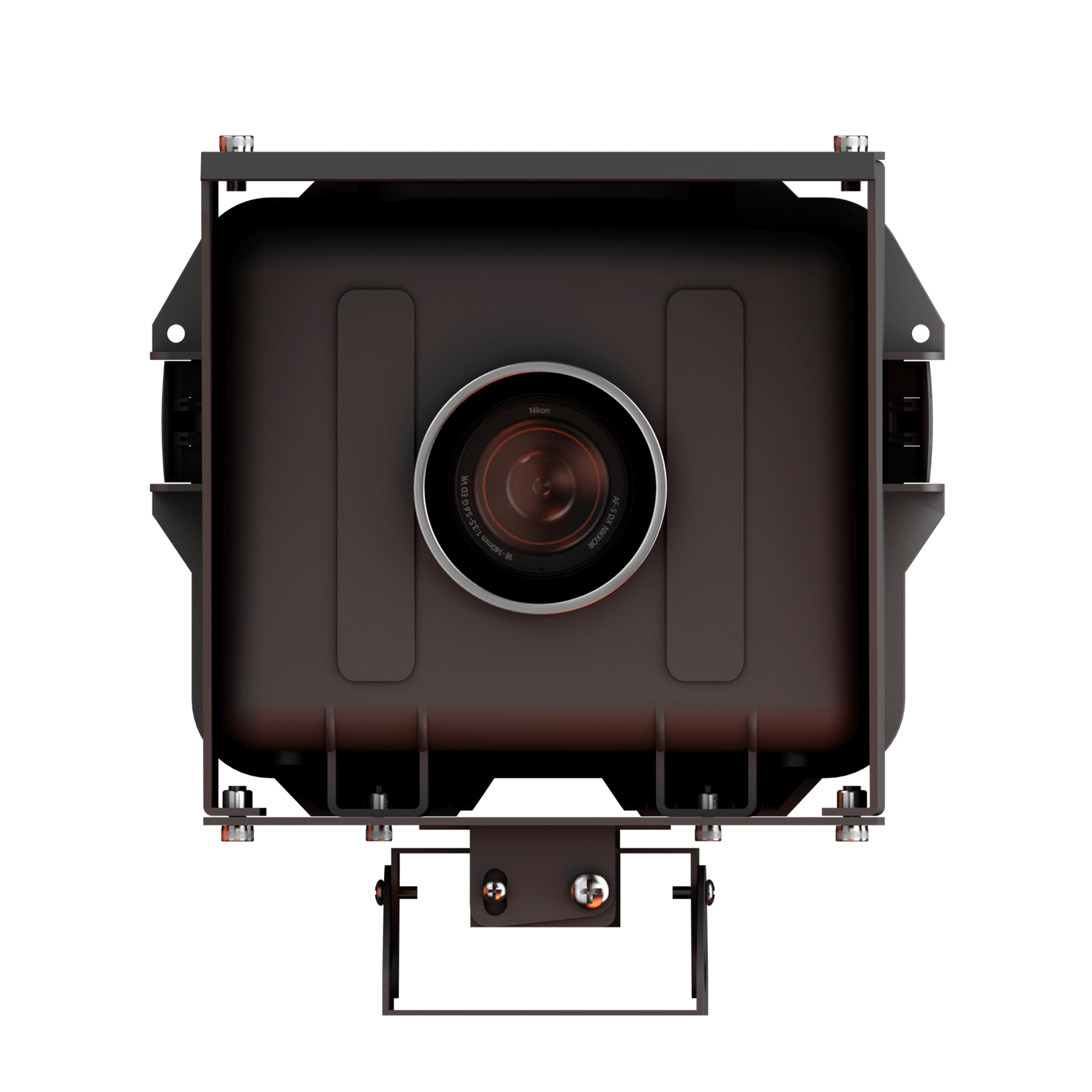

Timelapse photography is a technique used to capture the progression of time in a single frame.
This is achieved by taking a series of photos at set intervals over a period of time and then
assembling those images into a video sequence. The result is a smooth and seamless
representation of changes in the scene that occur over time.
Nature photography is the art of capturing the beauty and majesty of the natural world through
the lens of a camera. It requires a deep understanding of light, composition, and subject
matter, as well as an appreciation for the complexities of the natural world. One of the primary
benefits of timelapse photography in nature photography is the ability to capture changes in
landscapes over time. It can be used to showcase the progression of a sunset or sunrise,
providing a visual representation of the colors and moods that accompany these events. In
addition to landscapes, timelapse photography can also be used to capture patterns and
behaviors in wildlife.
We can also talk about how it can help us make understand the natural environment of an
object we want to capture, for example, a construction site. Quantam Iris’ exceptional
timelapse photography cameras will help to capture the surroundings of a construction site by
documenting the changes that occur over time as the project progresses. By capturing images
at regular intervals, timelapse can show the transformation of the site from its original state to
the finished project.
• Choose a location: Choose a location with an interesting subject and a good view of the surrounding landscape, such as a scenic view, a wildlife habitat, or a natural landmark.
• Mount the camera: Mount the camera securely on a tripod, a monopod, or a sturdy surface, such as a tree, rock, or post. Make sure that the camera is level and aimed in the desired direction.
• Adjust the camera settings: Adjust the camera settings to match the lighting conditions and your desired shot, such as ISO, shutter speed, aperture, and white balance. Consider using a neutral density filter to reduce the amount of light entering the lens and avoid overexposure.
• Set the interval: Set the interval for capturing images, depending on the subject and the desired speed of the timelapse. A common interval is 1 photo per minute.
• Start the timelapse: Start the timelapse and allow it to run for the desired length of time, such as several hours or several days. Consider using an external power source to keep the camera running for extended periods.
• Process the images: After the timelapse is complete, transfer the images to a computer and use software to process the images into a video. The software will automatically stitch the images together and adjust the playback speed.
• Edit the video: Edit the video to improve the final product, such as adjusting the brightness, contrast, and color balance, adding music, or adding effects.
Quantam helps clients to capture every essence in natural photography, efficiently by providing a comprehensive and continuous record of the project's progress. The use of high-tech timelapse cameras and equipment provides several key benefits, including:
• Real-time monitoring: Timelapse equipment allows clients to monitor the nature or wildlife project in real-time, providing a continuous and up-to-date record of the project's progress.
• High-quality images: Timelapse cameras produce high-quality images that are clear and detailed, capturing every aspect of the natural process and providing a visual representation of the project's status.
• Ease of use: Timelapse equipment is designed to be easy to use, with features such as remote control and automated image capture that make it simple to operate and manage.
• Flexibility: Timelapse cameras can be mounted in a variety of positions and locations, providing a flexible and versatile solution for capturing images.
• Scalability: Timelapse equipment can be scaled to meet the needs of any construction project, whether it is a small renovation or a large-scale nature project.
• Cost-effective: Timelapse equipment is a cost-effective solution for capturing the essence of photography projects, providing an efficient and affordable way to document the natural process.
The use of timelapse photography can provide a visual record of the construction process, which can be used for reference, planning, and documentation purposes. It can also help to demonstrate the impact of the construction project on the surrounding environment, including changes to the landscape, wildlife habitats, and other environmental factors. It is a versatile and visually striking technique that allows photographers to capture and share the evolution of scenes and objects over time. Whether used to document natural phenomena, human activity, or technological progress, timelapse provides a unique window into the world and has become an important tool for photographers, filmmakers, and visual artists.
